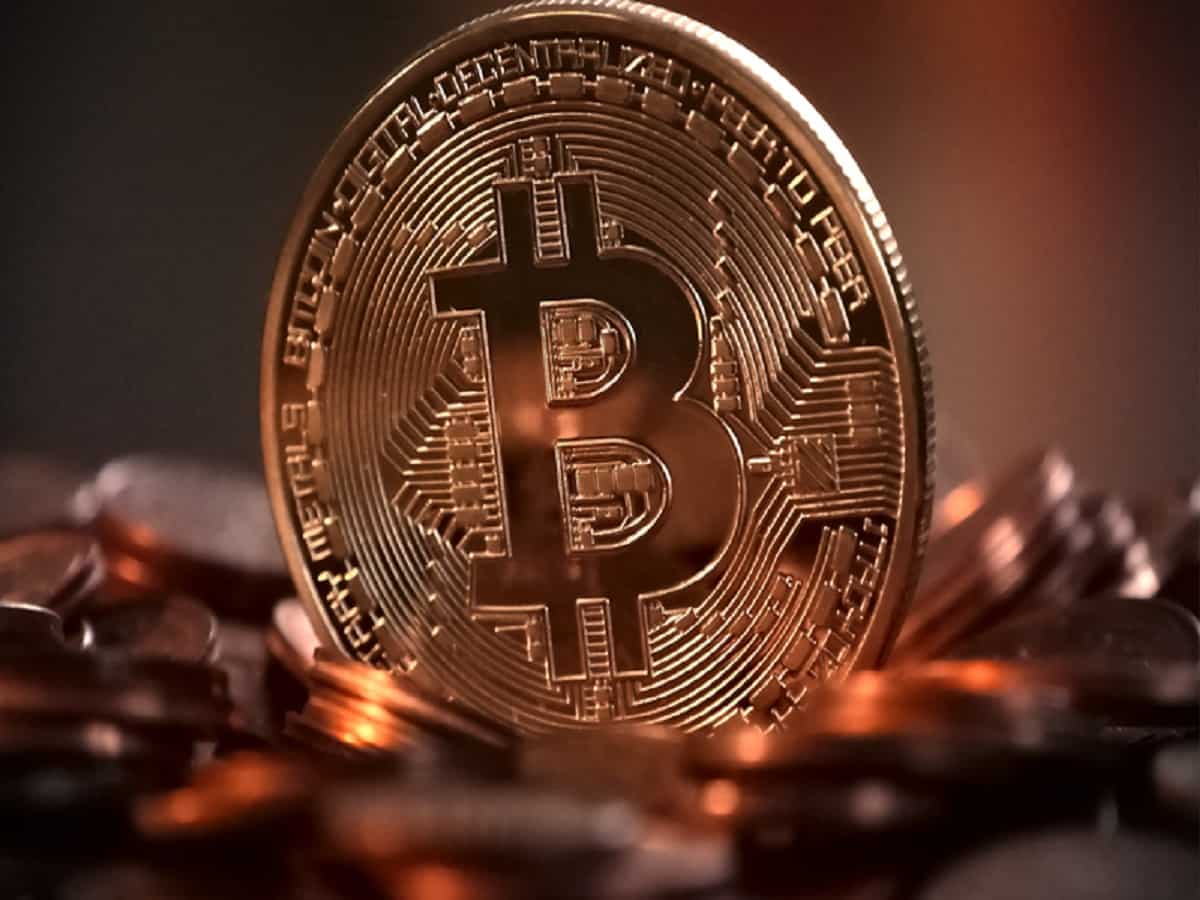Extending its wild 2020 rally that has seen more than tripling in its value, cryptocurrency Bitcoin on Thursday hit an all-time high of $23,421, after having only surpassed the $20,000 milestone for the first time on Wednesday. The surge was almost 12 per cent from Wednesday to Thursday.
Notably, Bitcoin rose to over 200 per cent on a year-to-date basis and has been clocking its one-way rally after a severe crash in March that saw it lose 25 per cent amid the outbreak of COVID-19. As investors continue to lap up the new asset, the trading community is beginning to call Bitcoin the digital gold.
To put things in a specific perspective, players in India believe the bitcoin price may go up to ₹1 crore (INR) in the short term, owing to institutional demand.

Bitcoin and its acceptance
It is not clear exactly what motivated Bitcoin, a privately-created cryptocurrency based on blockchain technology that is reputed to have its supply restrained by its digital design but the 2020 boom, after the COVID-19 induced fall, that began to spawn trillions of dollars of extra cash has been too spectacular to ignore.
Bitcoin is a digital or virtual currency created in 2009, by a person or group that goes by the name Satoshi Nakamoto, which uses peer-to-peer technology to facilitate instant payments.
Nakamoto published a white paper about a peer-to-peer electronic cash system, which would “allow online payments to be sent directly from one party to another without going through a financial institution.”
According to Bitcoin.org, a website originally co-owned by Nakamoto, Bitcoin from a user’s perspective is “nothing more than a mobile app or computer program that provides a personal Bitcoin wallet and allows a user to send and receive Bitcoins with them.”
One can mine a new Bitcoin if they have the computing capacity, purchase them via exchanges, or acquire them in over-the-counter, person-to-person transactions. A Bitcoin exchange functions like a bank where a person buys and sells Bitcoins with traditional currency. The entire mining process is digital and bitcoin lies hidden inside data blocks, which are mined using a unique algorithm developed by Nakamoto, its pseudonymous creator.
The rise of cryptocurrencies is taking place at the expense of gold, JP Morgan Chase & Co. strategists said early this month. According to the bank’s quantitative strategists, money has poured into Bitcoin funds and out of gold since October. They believe that the trend is only going to continue in the long run.
Bitcoin is also growing to be an institutional investment as well. Many payment rails like PayPal, Square are integrating cryptocurrencies in their services due to the rising demand for cryptocurrencies from retail investors. Recently, Massmutual, an insurance giant, made its way into Bitcoin investments.
Financial journalists, too, are capitulating. On Tuesday, the Financial Times’s Izabella Kaminska, a long-time cryptocurrency skeptic, conceded that Bitcoin had a valid use-case as a hedge against a dystopian future “in which the world slips towards authoritarianism and civil liberties cannot be taken for granted.”
Demand and limited supply of Bitcoin
The rise of Bitcoin responds in large part to the demand of large investors, captivated by the possibility of obtaining quick profits. In addition, thanks to its limited supply of 21 million, it can be a good hedge against inflation risk.
On the other hand, there are expectations that in the not too distant future it will be a conventional form of payment. It is expected that as crypto markets improve their infrastructure, they will become more accessible.
“There will be a search for alternative currencies due to the constant degradation of fiat money,” analysts of Deutsche Bank said. “It feels like Bitcoin will continue to be in high demand.”
But, Bitcoin’s supply is limited to 21 million. Once miners have unlocked this amount of bitcoins, the supply will be exhausted. As bitcoin demand surges, limited supply could cause its value to increase steadily over time. This also explains the digital asset’s highly fluctuating prices.
Having additional supply will only be possible if Bitcoin’s protocol is altered and allows a more abundant supply.
Concerns about Bitcoin’s volatility
Traditional economists, too, are weighing in. Rosenberg Research’s chief economist David Rosenberg believes bitcoin is in a bubble and investors don’t understand the supply dynamics of the cryptocurrency.
“It’s just a classic, follow-the-herd, extremely crowded trade. It’s in a massive bubble,” David told Bloomberg.
It is important to note that the price of Bitcoin fell sharply from over $18,000 in December 2017 to around $3200 in December 2018. It then went up to over $10,000 in July 2019, then fell to around $5,500 in March 2020. Such huge volatility made investors and market experts cautious.
We cannot extrapolate if Bitcoin is emerging as an alternative asset or if it can sustain its momentum based on its outperformance this year just yet. However, Bitcoin winning the COVID-19 monetary revolution and its spectacular surge is luring traders and investors into cryptocurrency, is a fact.


